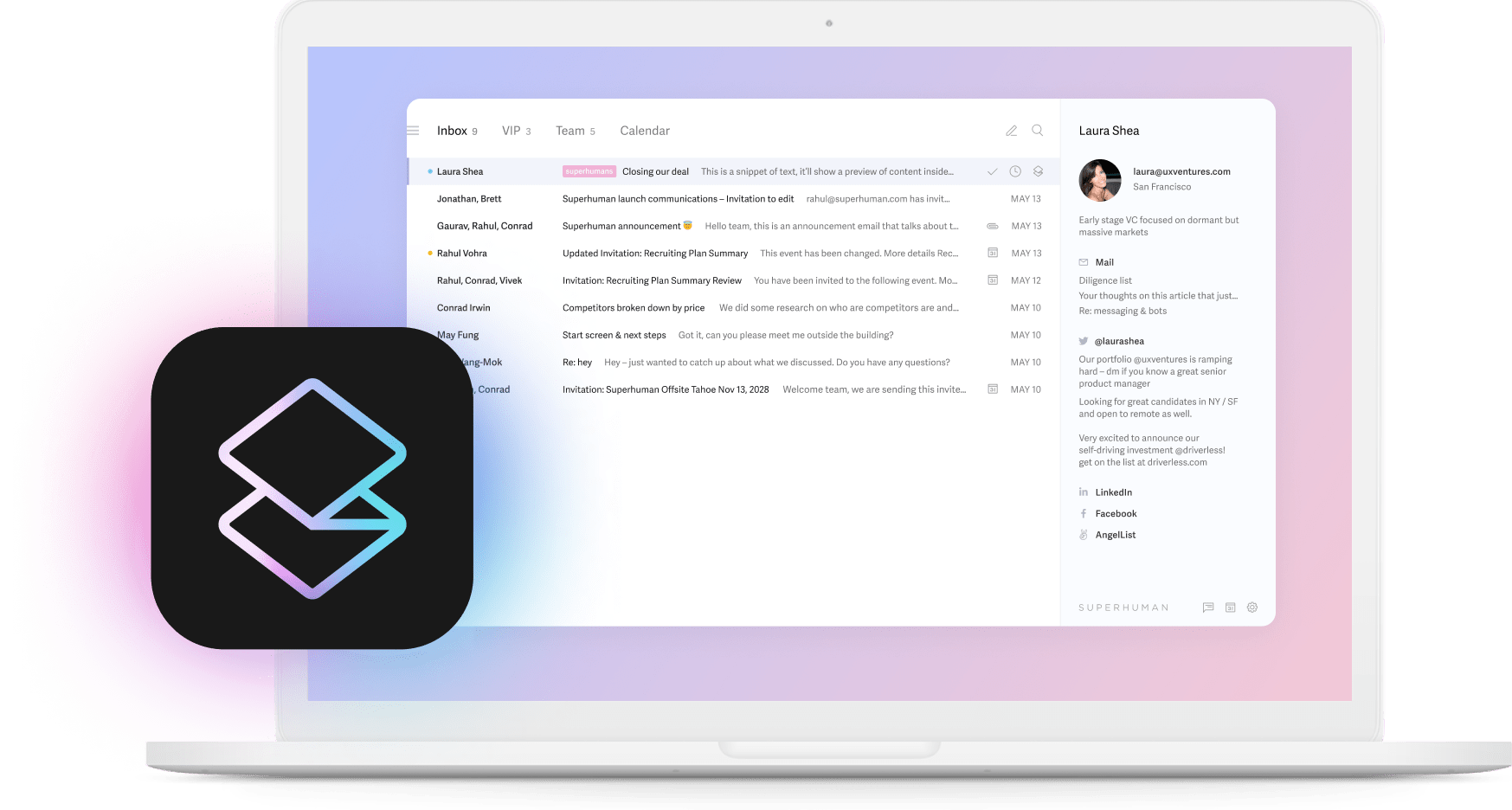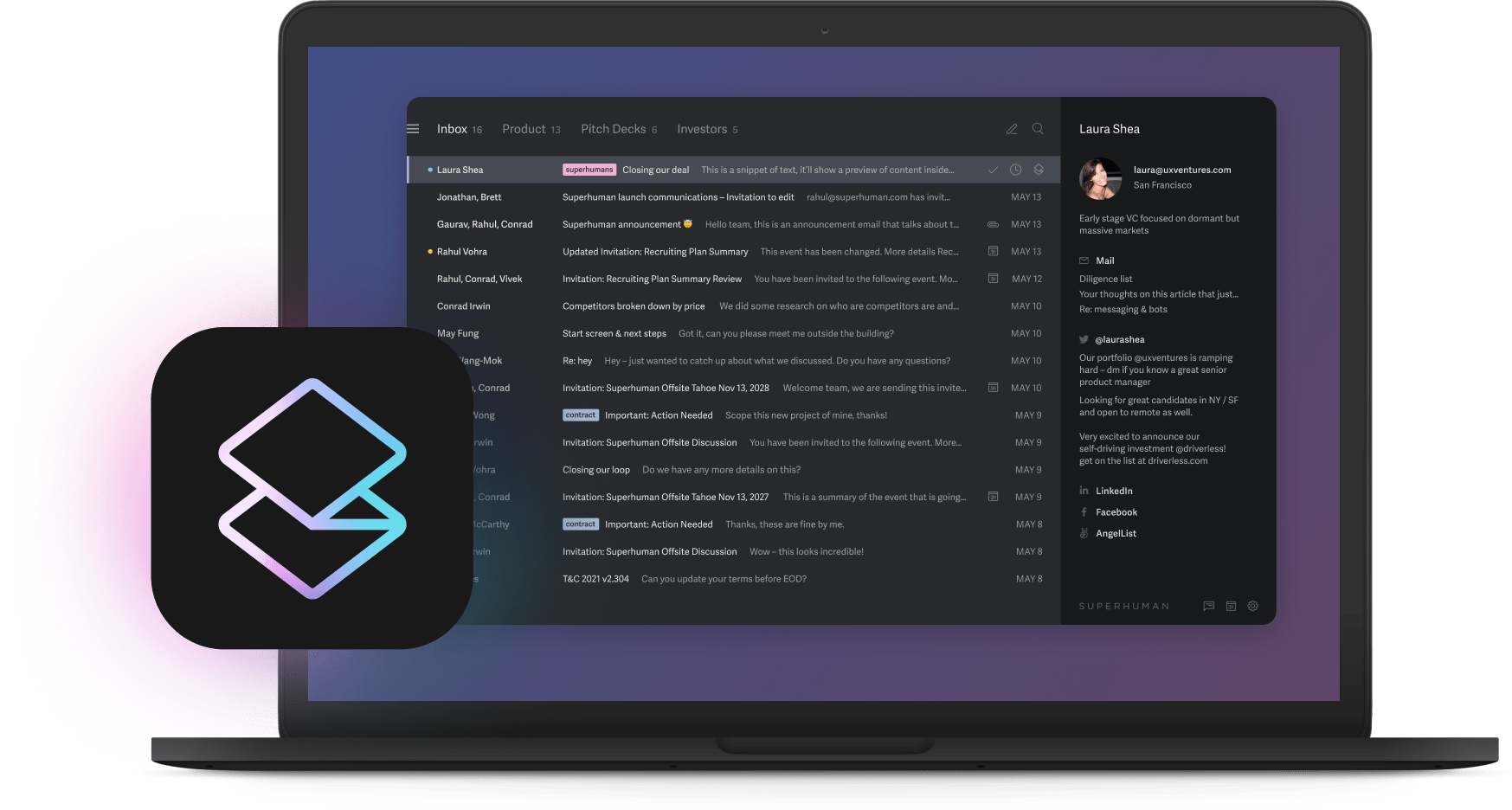
Think about the last time you waited on hold for customer support. Pretty soon, that might sound as outdated as dial-up internet.
AI systems that can find and fix problems on their own are changing how companies handle support issues. By 2029, 80% of common customer service issues will be solved without humans getting involved. For fast-moving teams, this capability has become essential to stay competitive.
What makes these AI systems different? They don't just respond to problems. They spot them before they happen, figure out why they're happening, pick the best solution, and fix things automatically. This constant cycle works 24/7 across customer service, IT, cybersecurity, healthcare, and finance.
Key benefits of agentic AI issue resolution
Instant issue detection and diagnosis
The old way: Wait for customers to notice problems and report them. By then, the damage is done.
The AI way: Systems constantly monitor everything and spot unusual patterns before they turn into real problems. It's like having a mechanic who fixes your car before the check engine light comes on.
This fits perfectly with what productivity experts already recommend: focusing on one task at a time. When AI handles routine problems automatically, your team can stay focused on more important work without constant interruptions from support tickets.
Automated troubleshooting and resolution
Once the AI spots an issue, it doesn't need to escalate to humans. It uses what it's learned from past problems to implement solutions right away. This dramatically cuts the time from detection to resolution.
Companies using these systems can expect 30% reduction in operational costs while actually improving service quality.
What does this mean in practice?
- Problems get fixed faster
- Systems stay up and running
- Small issues don't cascade into bigger ones
- You need fewer people handling routine support
24/7 support availability and time savings
AI never sleeps. It doesn't take weekends off or go on vacation. This non-stop availability means no more waiting for help when something breaks at 2 AM.
If you're already using techniques like calendar blocking to organize your day, agentic AI fits right in. It handles predictable support requests automatically, giving your team uninterrupted blocks of time for creative work that actually moves the needle.
Industry applications
Customer service
The transformation in customer support is already happening. Ema's AI system resolves more than 70% of customer issues before they even become tickets, while keeping satisfaction scores above 85%.
These aren't just glorified chatbots. They're systems that adapt to different communication styles and deliver personalized, empathetic support. Ema's platform matches its tone to diverse customer bases and gives fast, accurate answers.
For teams that already sort communications by priority, agentic AI takes this to the next level. It doesn't just categorize messages, it actually resolves the routine ones, letting your human agents focus on complex issues where they add the most value.
IT service management
This is where agentic AI really shines. BMC HelixGPT uses AI to identify what's causing problems and fix them automatically, creating self-healing IT systems.
The difference is most dramatic in network management. Nanites AI systems cut network outage resolution times by up to 95%. They troubleshoot and fix problems the same way your best IT person would, just much faster.
Here's what changes:
Server optimization gets better too. AI-optimized servers continuously adjust themselves to maintain peak performance, especially important for companies running AI workloads.
Cybersecurity
Security might be the most important application. Darktrace's AI spots and neutralizes cyber threats in real time, finding unusual patterns and stopping attacks before they do damage.
In one real case, Darktrace detected and stopped a ransomware attack before it could encrypt critical healthcare data. The system noticed unusual file activity and shut it down automatically.
For teams handling sensitive information, these systems add a layer of protection that works alongside email security to stop threats before they spread.
Healthcare
Admin work eats up too much time in healthcare. AI automation cuts through this overhead, handling intake forms, billing, and other paperwork so staff can focus on patients.
AI scheduling systems let patients book appointments 24/7 and automatically send reminders, optimizing providers' schedules and reducing no-shows. When combined with AI symptom checkers, they create a much smoother experience for both patients and practitioners.
Finance
Fraud never sleeps, so neither should fraud detection. AI fraud systems analyze transactions in real-time, spotting suspicious patterns that humans might miss.
JPMorgan Chase uses AI to monitor transactions, flag unusual activity, and constantly adapt to new fraud techniques. This lets their financial advisors focus on helping clients rather than worrying about security issues.
How to implement agentic AI
Adding these systems to your organization isn't an all-or-nothing process. Most companies follow three phases:
Phase 1: Set up the monitoring
First, you need sensors. Lots of them. This means comprehensive monitoring across all your systems to establish what "normal" looks like. You can't spot problems if you don't know what good performance should be.
Start by connecting data from across your tech stack. Make sure you can see everything that's happening in your systems and how users are interacting with them.
Phase 2: Teach it to diagnose problems
Once the AI can see everything, teach it to connect symptoms to causes. This means training it on historical issues and their solutions so it learns to diagnose problems accurately.
The system gets better over time, identifying complex problem patterns that might take humans hours or days to figure out.
Phase 3: Let it fix things (carefully)
The final step is letting the AI implement solutions on its own. This doesn't mean giving it free rein over your entire system overnight.
Start small:
- Define clear boundaries for what it can and can't fix
- Build a library of pre-approved solutions
- Set up oversight for unusual situations
- Begin with low-risk, common problems
Most companies start with simple, high-volume issues and gradually expand as they build confidence in the system.
What this means for your team
Agentic AI is changing the game for customer support and technical problem-solving. By catching and fixing issues before users even notice them, these systems make everything run more smoothly while cutting costs.
For high-performance teams, this technology amplifies what you can accomplish. It handles the routine issues that eat up so much time, creating space for the creative problem-solving and strategic work that humans do best.
As these systems keep getting better, they're shifting from nice-to-have tools to essential infrastructure. The companies that adopt them gain a real edge through faster response times, lower costs, and better service quality.
The future of support combines AI handling routine issues so humans can focus on what matters most.





